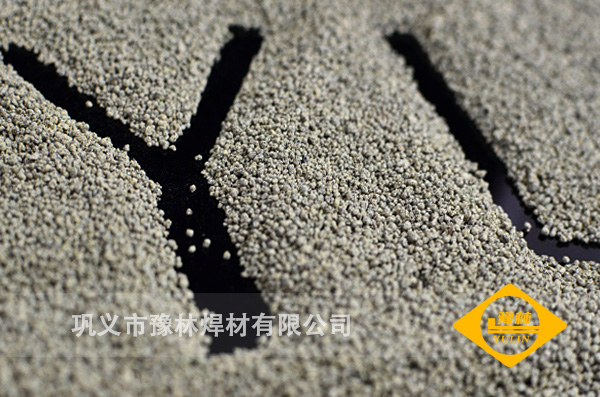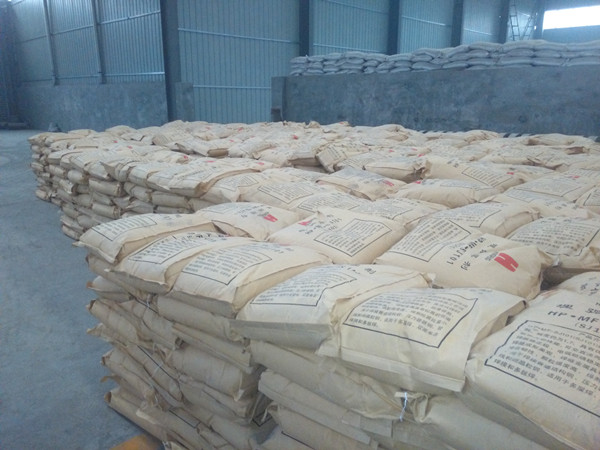- Welding Wire EL8
- Welding Wire EM12K
- Welding Wire EM13K
- Welding Wire EH14
- Welding wire EA2
- Welding Wire EA4
- Welding Wire H08Mn2SiA
- welding flux SJ101
- welding flux SJ101G
- welding flux SJ101Q
- welding flux SJ102
- welding flux SJ105
- welding flux SJ201
- welding flux SJ301
- welding flux SJ301A
- welding flux SJ303
- welding flux SJ401
- welding flux SJ501
- welding flux SJ601
- welding flux SJ601B
- welding flux SJ602
- welding flux SJ604
- welding flux SJ605
- welding flux SJ606
- welding flux SJ609
- welding flux SJ609S
- welding flux HJ107
- welding flux HJ131
- welding flux HJ230
- welding flux HJ250G
- welding flux HJ257
- welding flux HJ257Z
- welding flux HJ260
- welding flux HJ330
- welding flux HJ350
- welding flux HJ431
- welding flux MD-DZH F600
Add: Zhongling Village, Dayugou Town, Gongyi City, Henan Province, China.
Contact: Mr. Charlie
Tel: +86-371-69596866
Fax: +86-371-64054446
Mobile/Whatsapp/Wechat: +86 18530036598
Skype: charlie.hill700
Postcode: 451271
Email: charlie.ylflux@gmail.com
Submerged arc welding fluxes
The main function of welding fluxes in submerged arc welding process is to produce slag, which could barrier atmospheric air and control chemical composition of weld metal. Thus it can guarantee mechanical properties of weld metal, prevent defects like pinholes, cracking and trapped slag. According to the requirement of welding performance, submerged arc welding flux must have the ability to keep a stable arc. Fused slag should have appropriate density, viscosity, melting point, granular size and permeability to form excellent weld bead. When solidified, slag must also be easy to remove.
In China, submerged arc welding fluxes are classified according to manufacturing process and chemical composition. They are categorized into fused flux, agglomerated flux, bonded flux by manufacturing process.
Fused flux is made by the following process: formulated materials dry mixing, fusion in electric furnace, water cooling, granulating, drying, screening and packing. Both agglomerated flux and bonded flux fall in non-fused flux category. They are made by processes: formulated materials wet mixing, drying, crushing, screening and packing. The difference is bonded flux is dried under 350-400℃, agglomerated flux is sintered under 400-1000℃.
Advantages of fused flux: homogeneous composition, high particle strength, low water absorption, easy storage. It is the most used flux type in China. However, the limit is no deoxidant and ferrous alloy addition is allowed, because they are burnt off heavily during fusion process.
Advantages of agglomerated flux: deoxidant and ferrous alloy could be added. Agglomerated flux can transfer alloy elements and compensate elements that are burnt off. So, it can be used for high alloy steel and surfacing & cladding. Also, slag detachability is very good. Agglomerated flux is used for narrow gap welding and thick plate welding.



